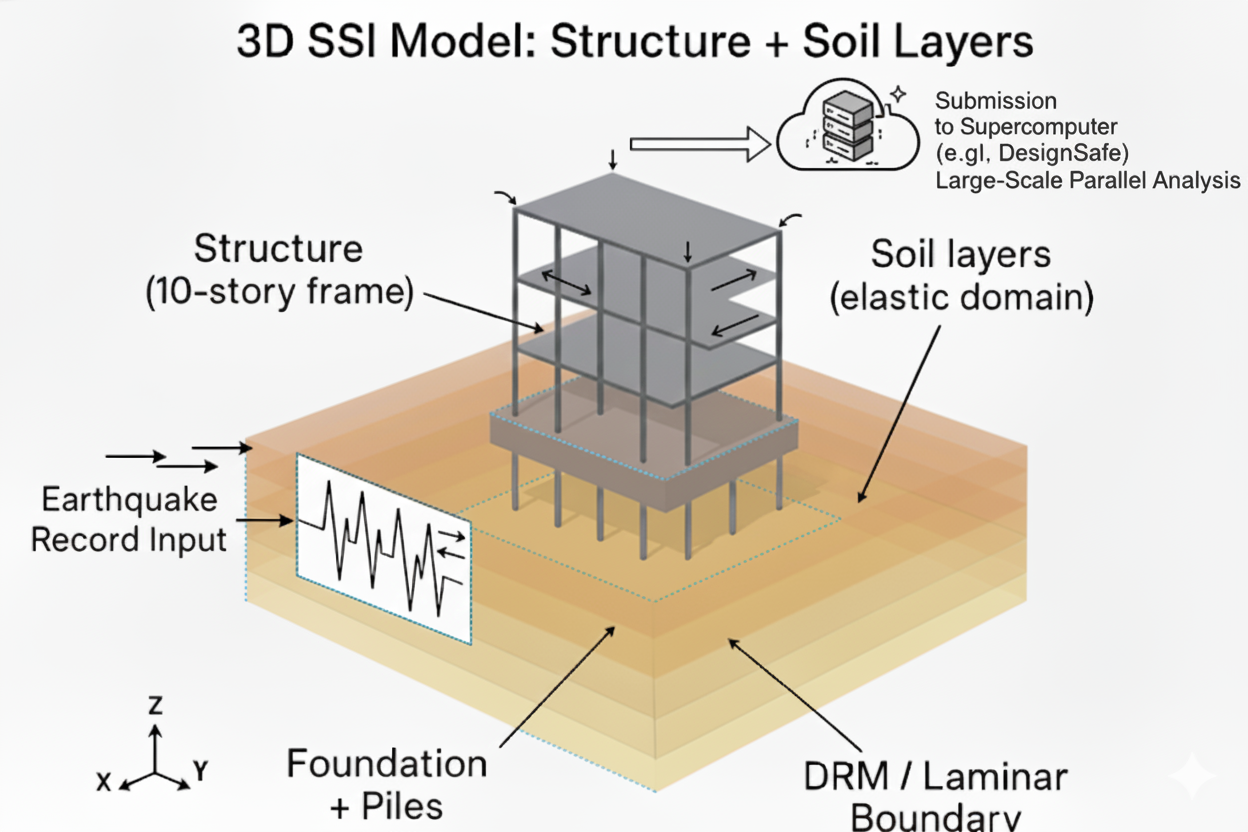4. Examples
The examples in this section can be accessed from the application by selecting Examples in the Main Menu. They demonstrate the range of workflows that can be executed with the application and serve as ready-to-use prototypes that may be modified to create custom workflows. Each example is designed to run quickly, with the primary goal of demonstrating how workflows can be assembled. To achieve this, certain settings—such as the number of samples, the finite element model, and the number of assets—have been intentionally kept small and simplified.
The files for the examples are available in the EE-UQ GitHub repository.
This example takes a brief look at uncertainty quantification in a three story shear frame subjected to earthquake loading.
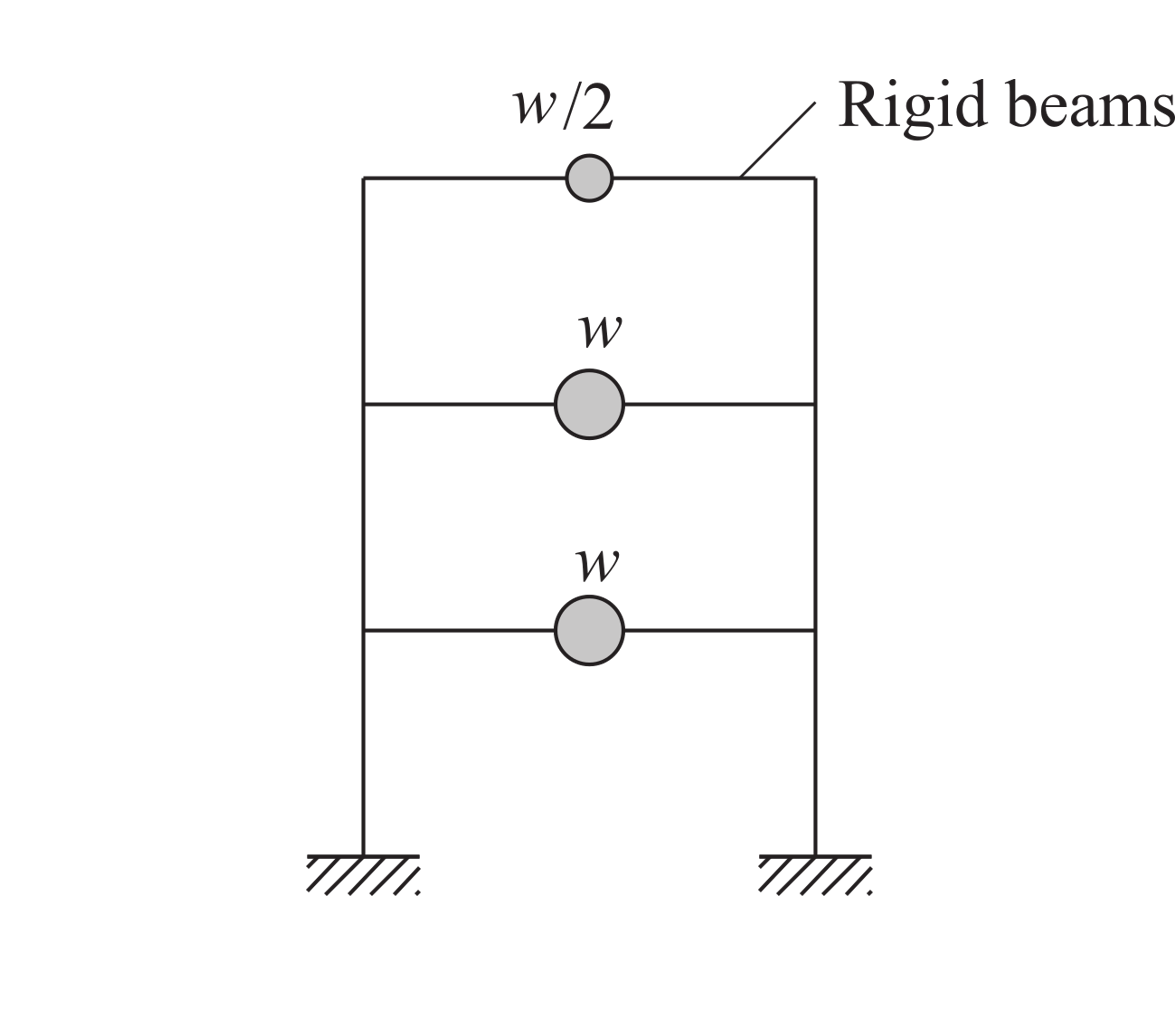
This page shows two examples on how to incorporate spatial variability into UQ analysis by using various special materials, namely ElasticIsotropic, PM4Sand, and PDMY03, in Site Response option under EVENT tab.
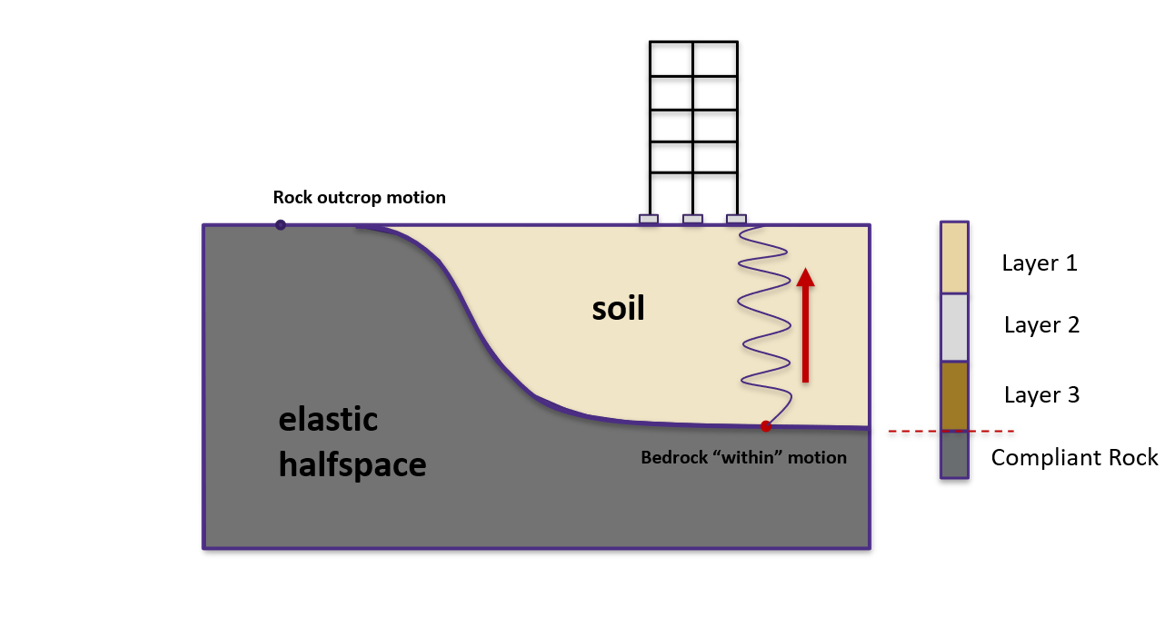
This example shows how to select ground motion records and run nonlinear time history analysis for the OpenSees/tcl model of interest.

This example demonstrate the use of a python-based computation platform to automate seismic desing and analysis of of steel moment resisting frames (AutoSDA) ([GBS20]).
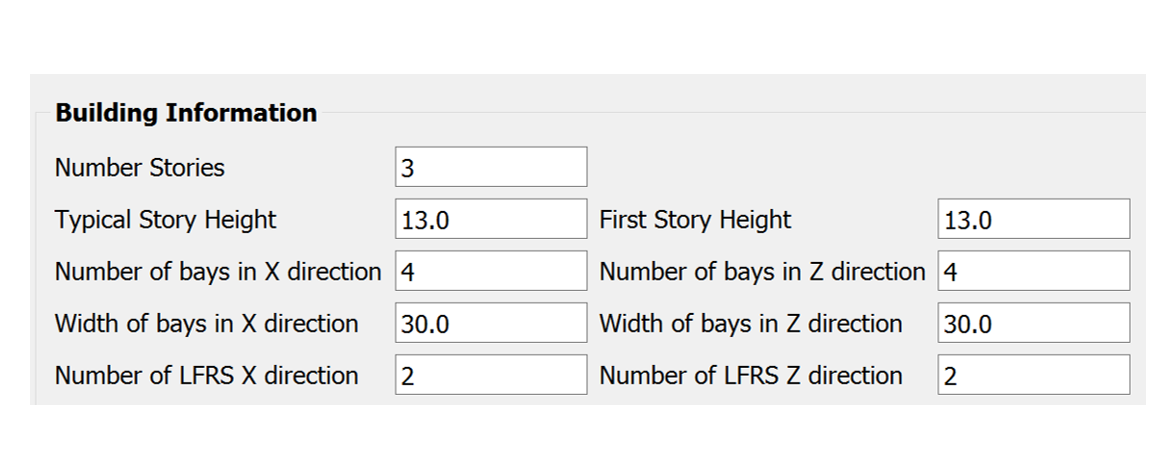
This example considers the problem of uncertainty quantification in a three story shear building where the ground shaking is represented by sythetic ground motion records based on two methods; Vlachos, Papakonstantinou and Deodatis (2018), and Dabaghi and Der Kiureghian (2018).

This example demonstrates using a novel method, Probabilistic Learning on Manifolds (PLoM), to develop surrogate models for structural responses under earthquake ground motion inputs.
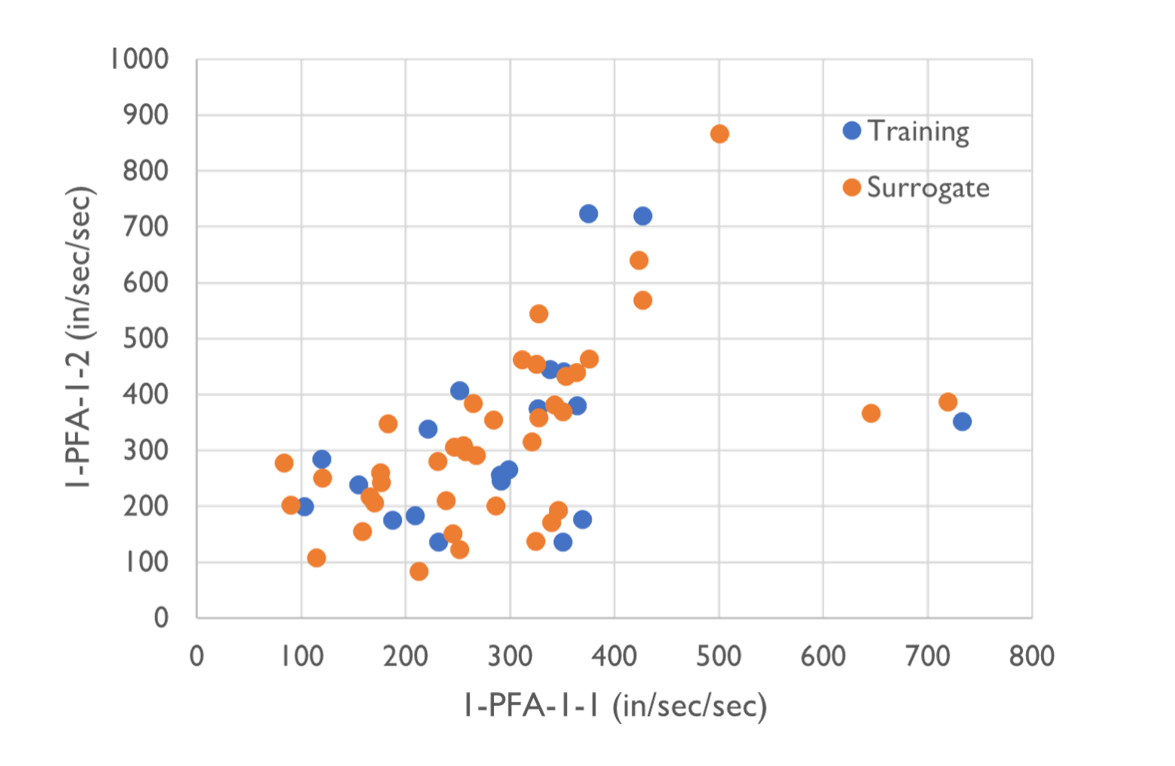
This example demonstrates using pre-trained Gaussian Process (GP) model to get target response spectrum for ground motion selection and scaling.
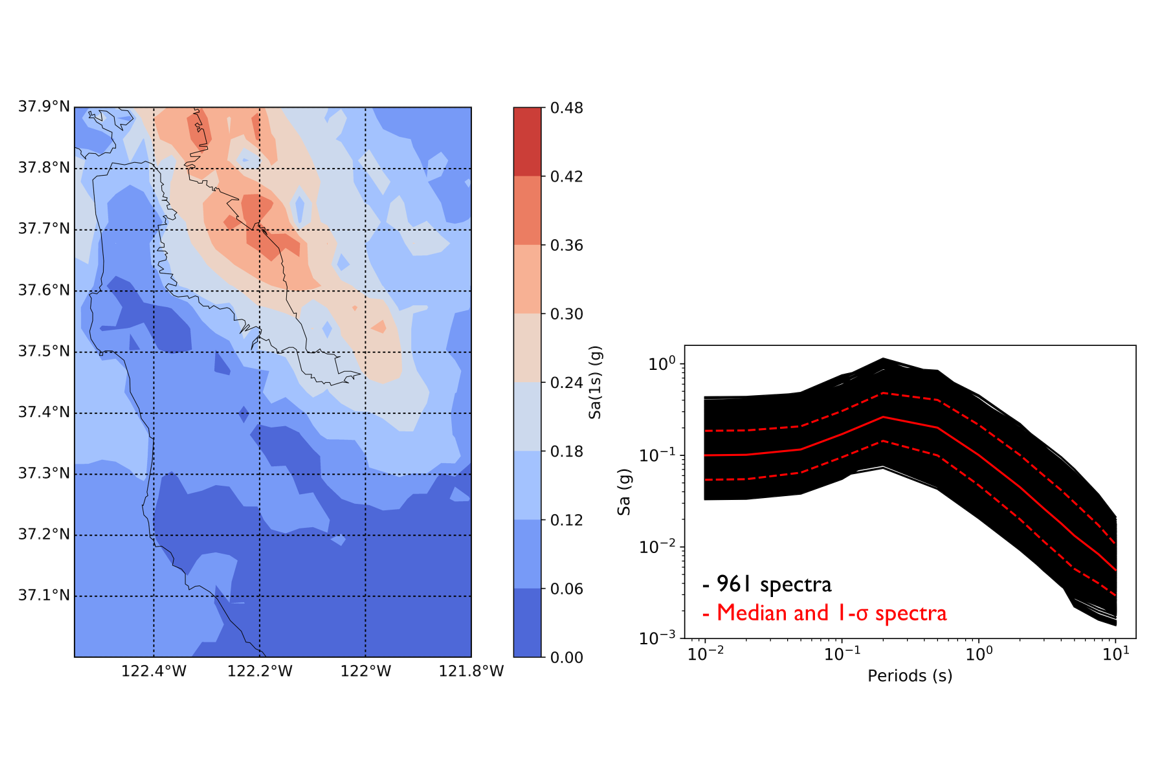
This example demonstrates defining multiple models of the structure's behavior, and using multiple options to perform time history analysis to obtain EDPs commonly used in seismic risk analysis.
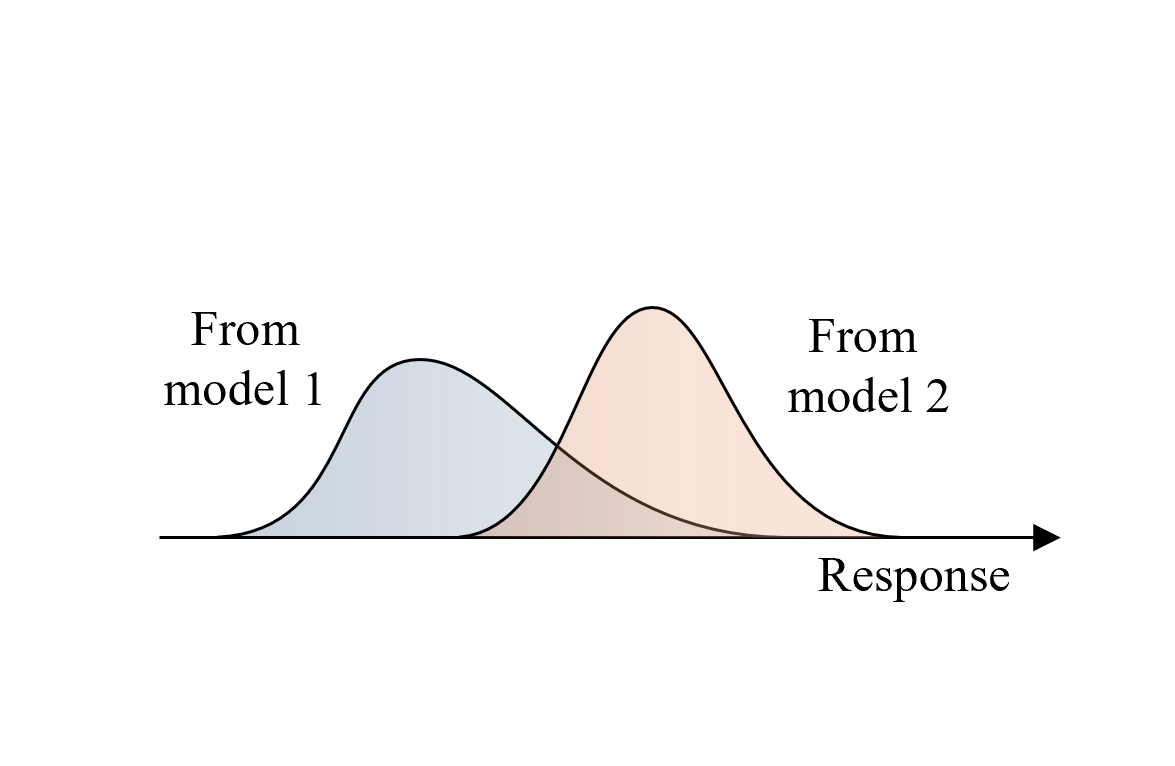
This example shows how to train a surrogate model that can be imported into EE-UQ and replace structural dynamic simulations.
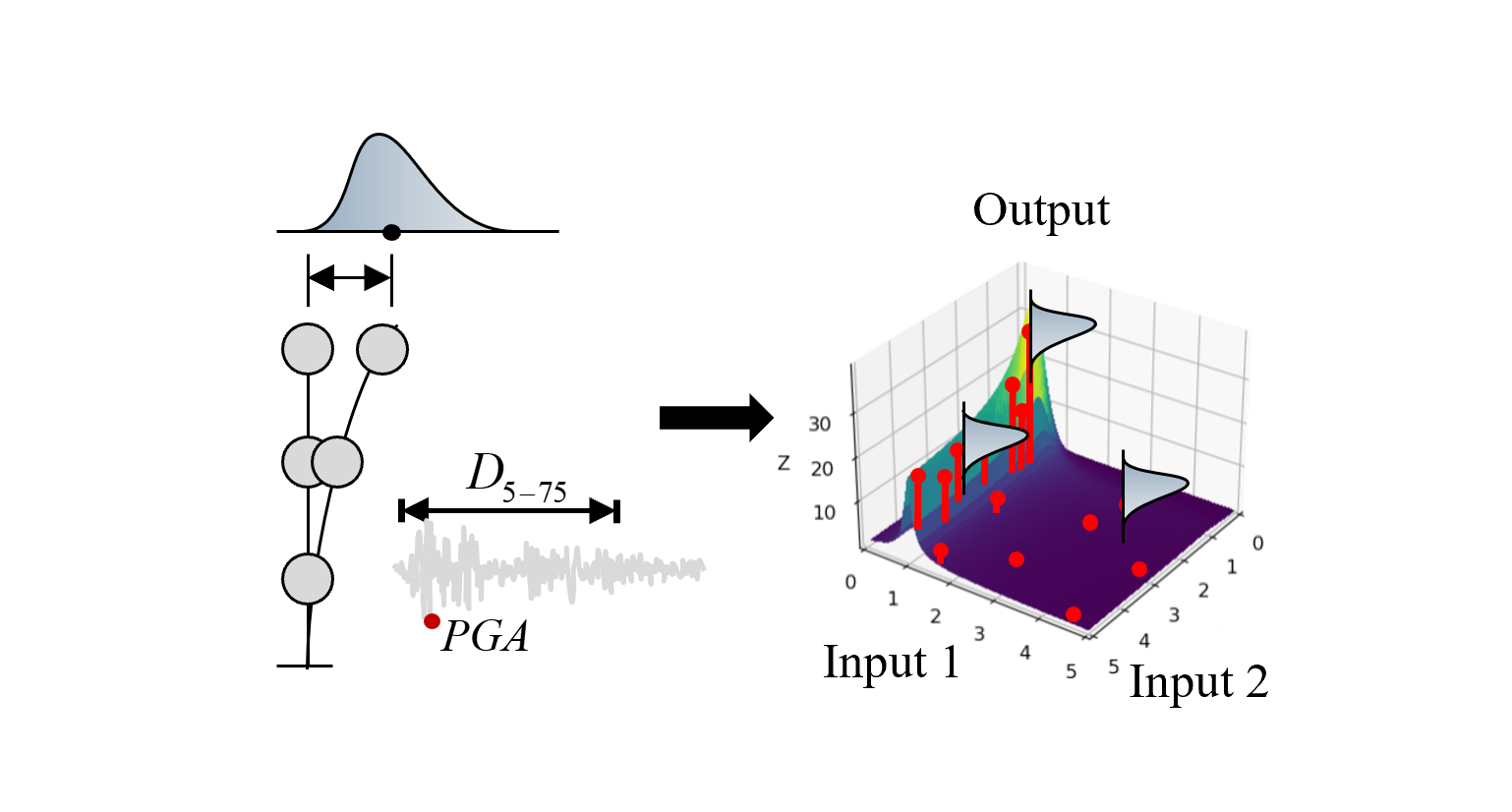
This example demonstrates the training of Gaussian Process (GP) model to predict the peak seismic response
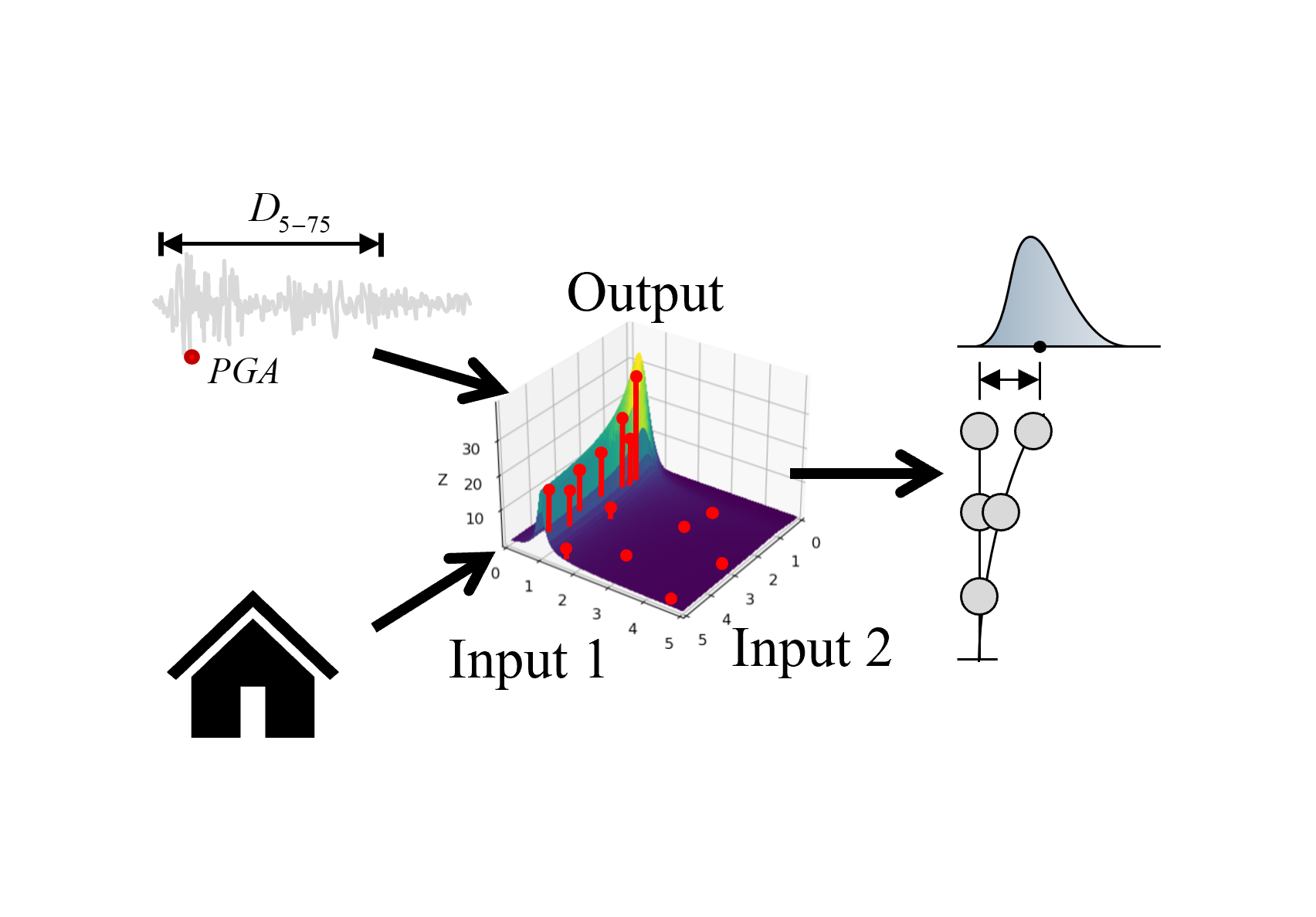
This example demonstrates Multi-fidelity Monte Carlo (MFMC) using a benchmark 9-story steel structure
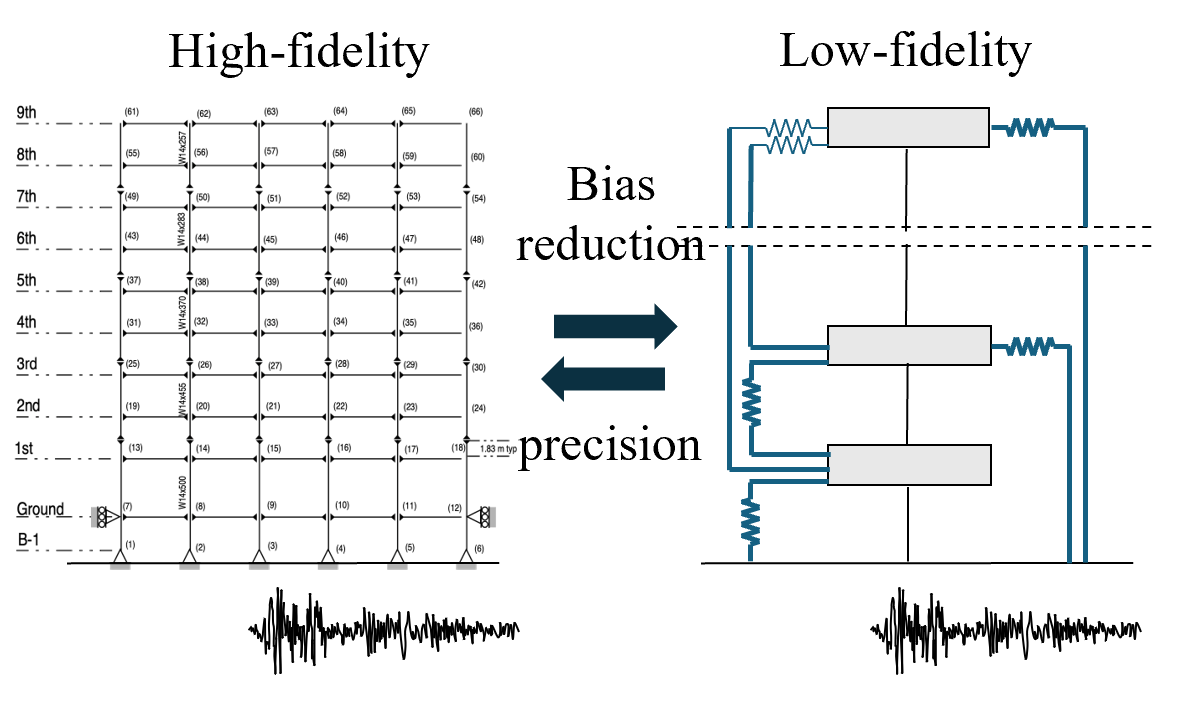
This example demonstrates the effect of a semi-hemispherical sedimentary basin on seismic wave propagation using the Domain Reduction Method (DRM) in EE-UQ, based on Femora Example 3.
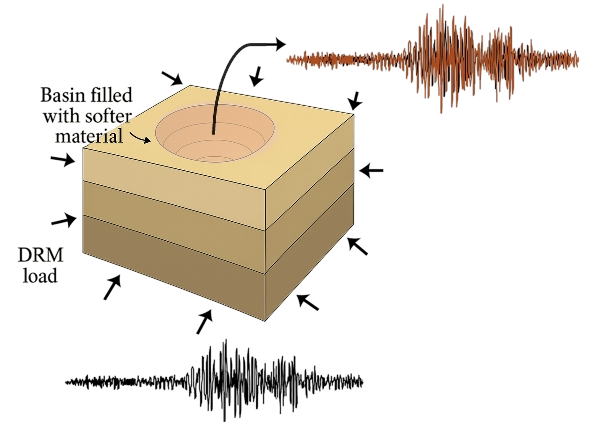
Creates a full 3D SSI model of a 10-story steel frame with elastic soil layers and compares laminar/perimeter boundaries (PEER record) versus DRM boundaries (predefined DesignSafe H5DRM).
